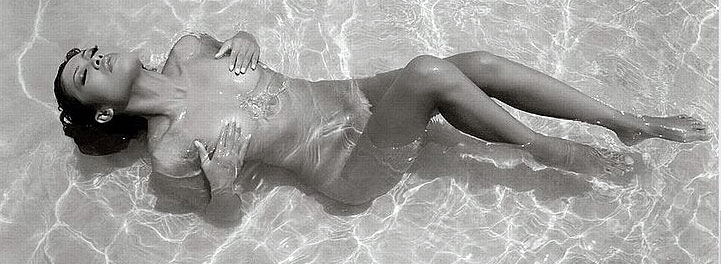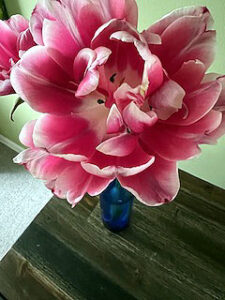
On Sensuality
The sight of the beautiful…
a releasing stimulant to the chief force of his nature…
so that this force then exploded and all at once
became master of his consciousness.
But that does not in any way exclude
the possibility for that particular
sweetness and plentitude
which is characteristic of the aesthetic condition
might have its origin in precisely
the ingredient ‘sensuality’
(just as the ‘idealism’ of nubile girls derives
from the same source)
–so that, with the advent of the aesthetic condition,
sensuality, would not have been abolished,
[…] but only transfigured
and no longer enter consciousness
as sexual excitation…
On the Genealogy of Morals, by Friedrich Nietzsche, trans. R. J. Hollingdale, What is the Meaning of Ascetic Ideals? Aphorism 6, 8
 These lines compel my interest. They are written as a reflection upon a widely read philosopher of Nietzsche’s day, Arthur Schopenhauer. For the purposes of this post I will pass over references to Schopenhauer’s name because you and I are not acquainted with the intellectual romanticism advanced by Schopenhauer. Schopenhauer is but the vehicle to convey the point of Nietzsche’s proposal.
These lines compel my interest. They are written as a reflection upon a widely read philosopher of Nietzsche’s day, Arthur Schopenhauer. For the purposes of this post I will pass over references to Schopenhauer’s name because you and I are not acquainted with the intellectual romanticism advanced by Schopenhauer. Schopenhauer is but the vehicle to convey the point of Nietzsche’s proposal.
Who has not been fascinated by sight of a carpet of blue bells in early spring, or the glimpse of a early spring tulip bloom? Beauty is the word which we use to convey an experience that is sensual, stimulating. Nietzsche traces a link between the experience of beauty and the primal desire characteristic of all living beings.
How is the bee drawn to a splash of color that represents a blossom? Is it necessary that the bee possess a symbol for the sensation of beauty? Probably not. The bee, detecting color by the ultra-violet spectrum is drawn to pollinate, to collect energy-rich nectar.
Sweetness and plentitude naturally, exploding all at once.
Even when transfigured into an abstract concept: beauty.
Life is good!